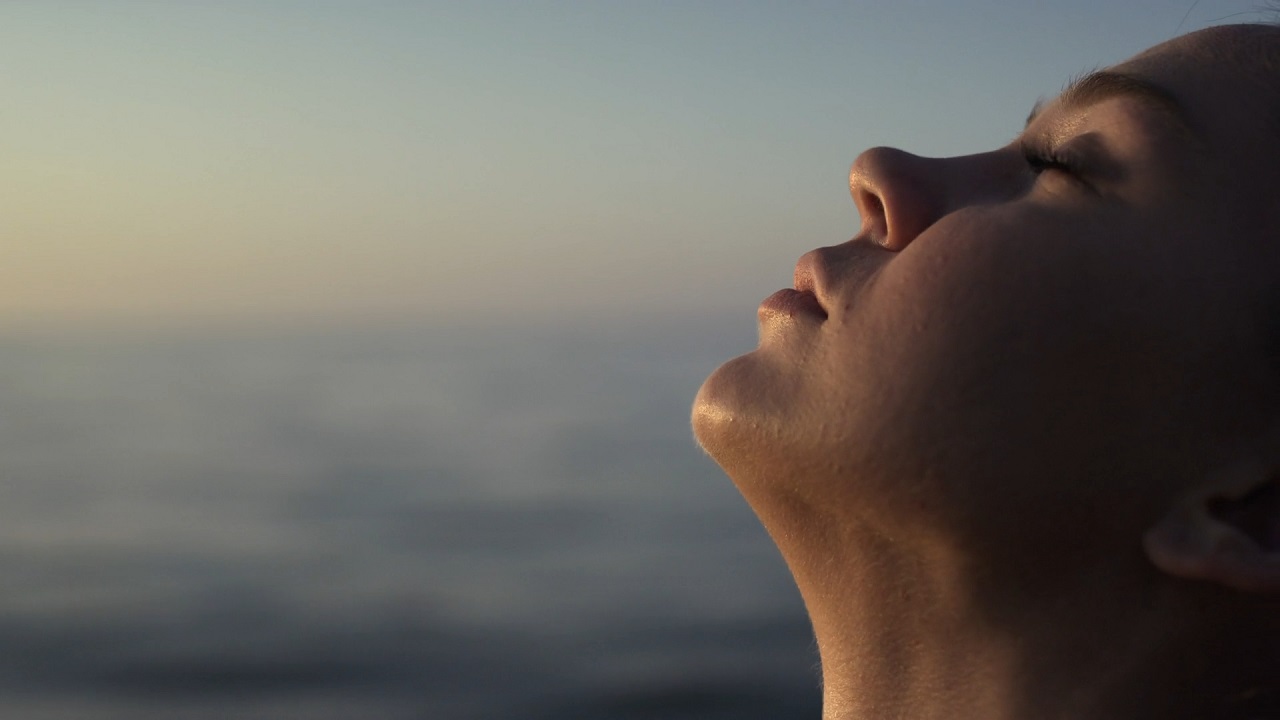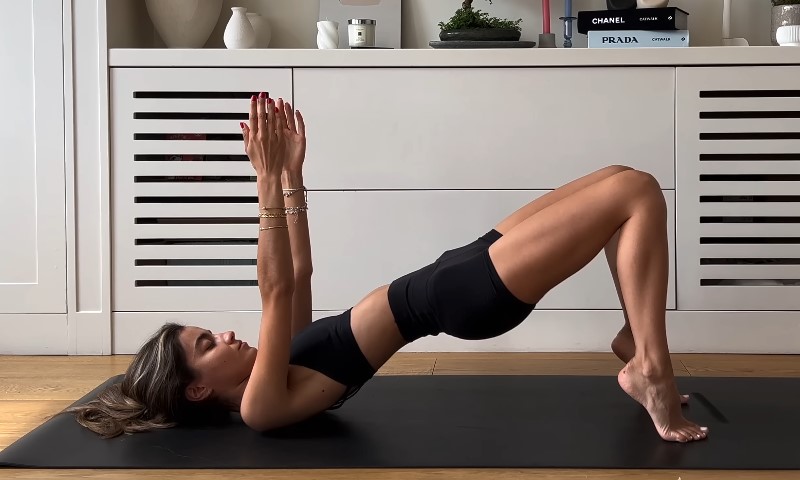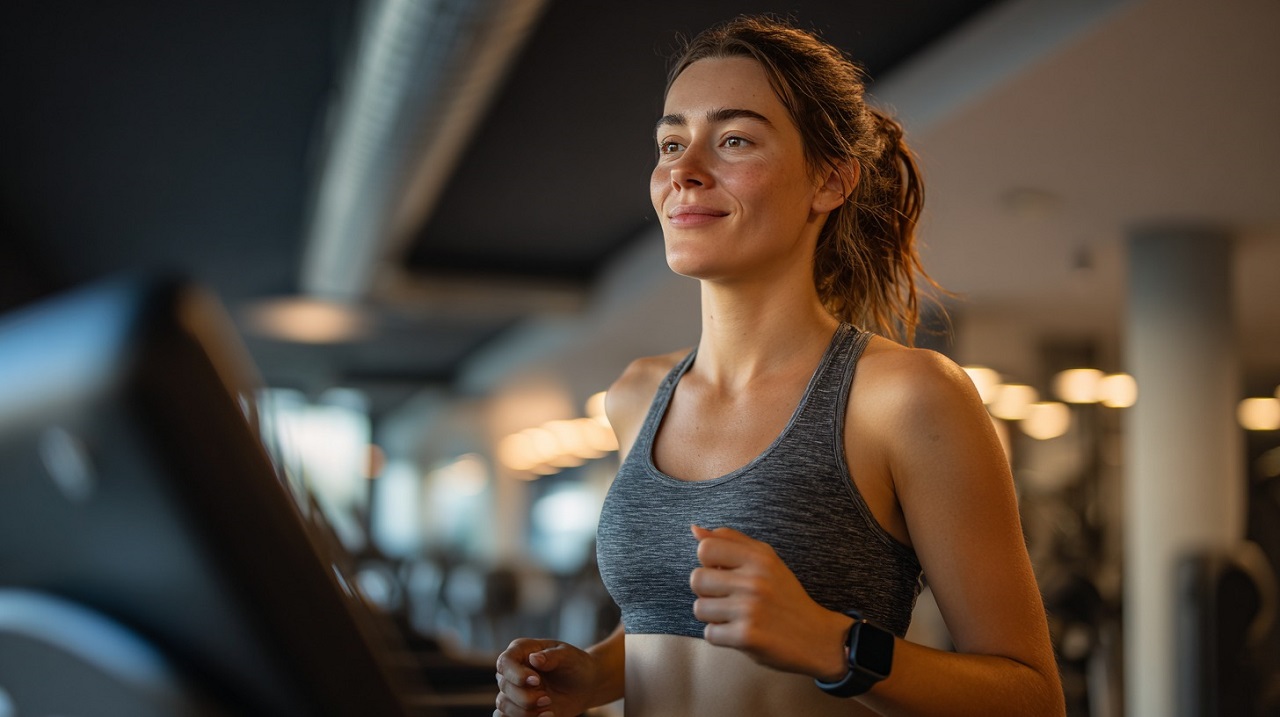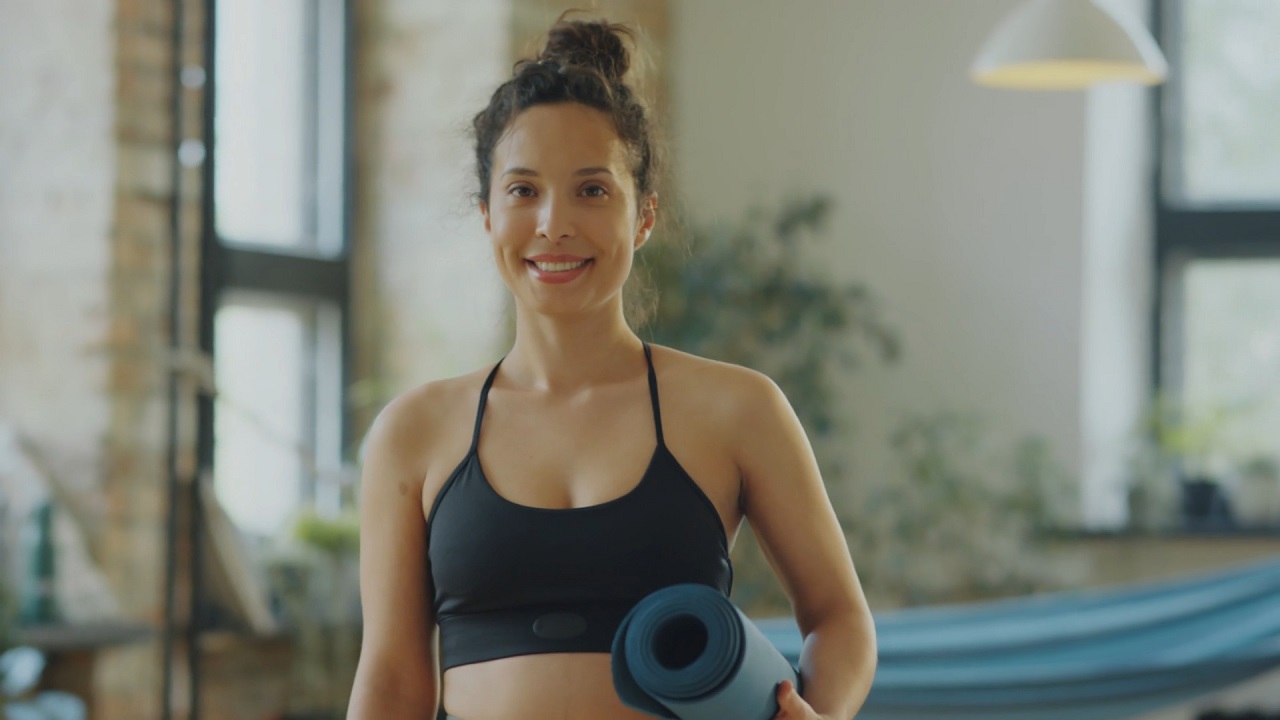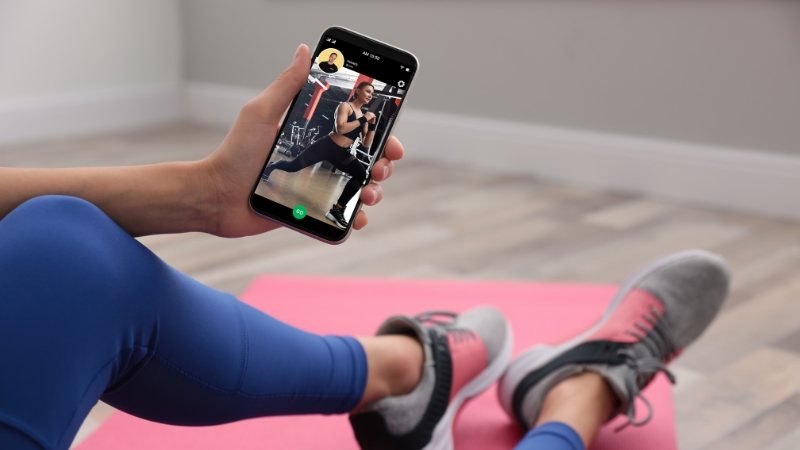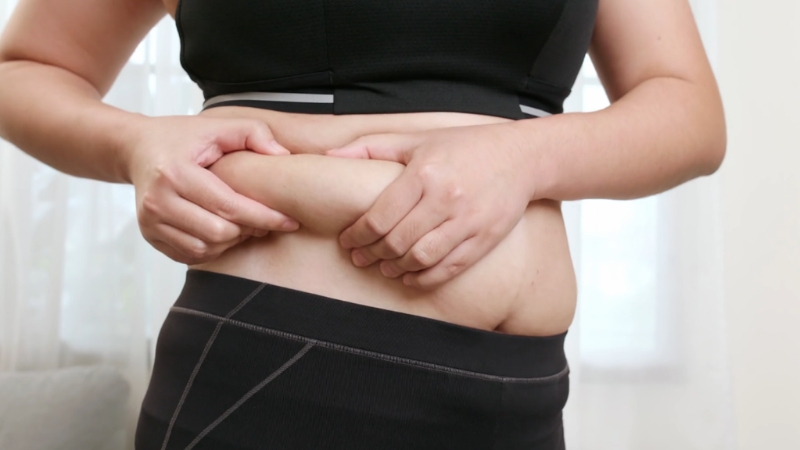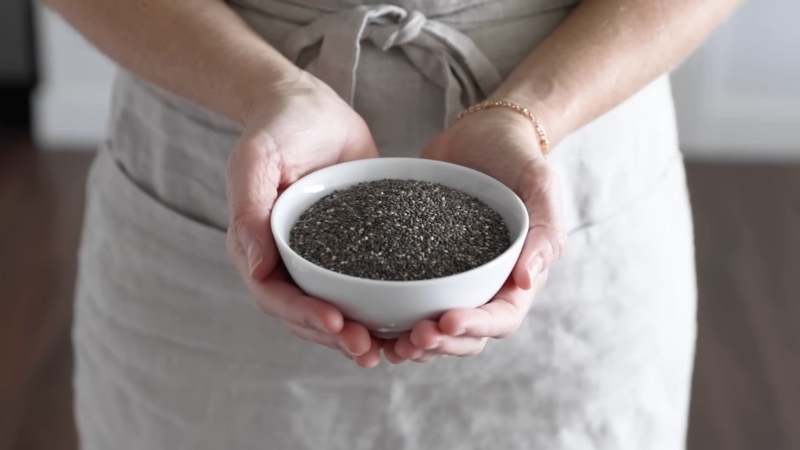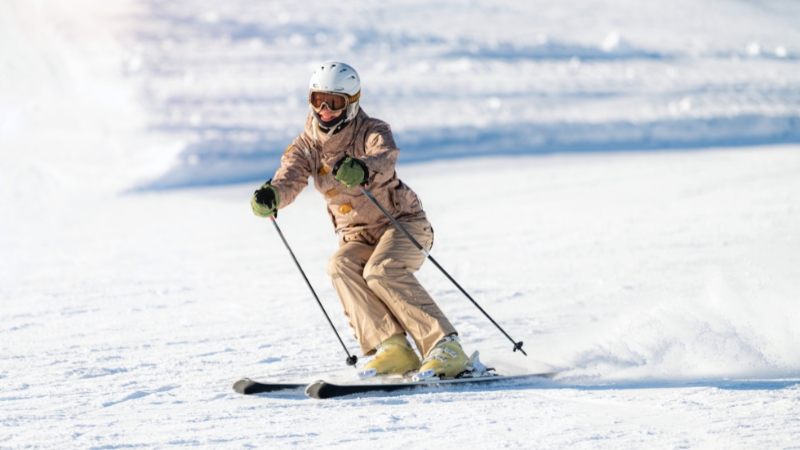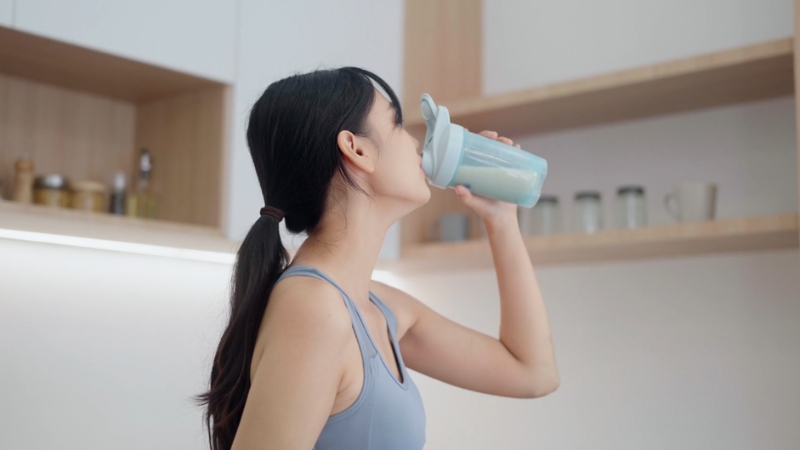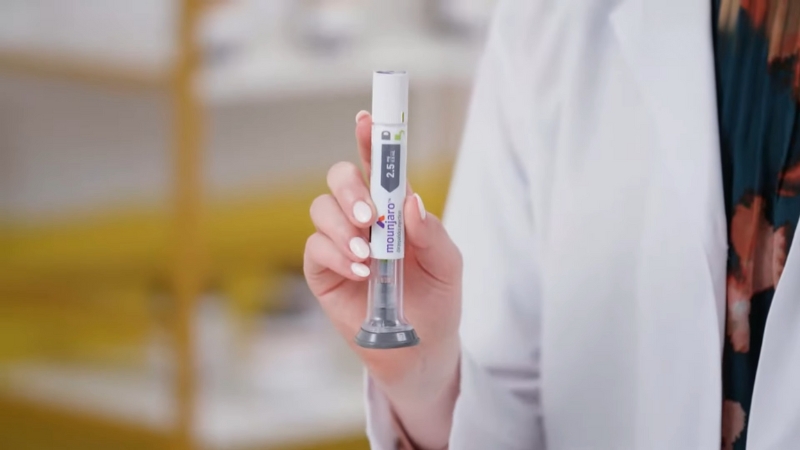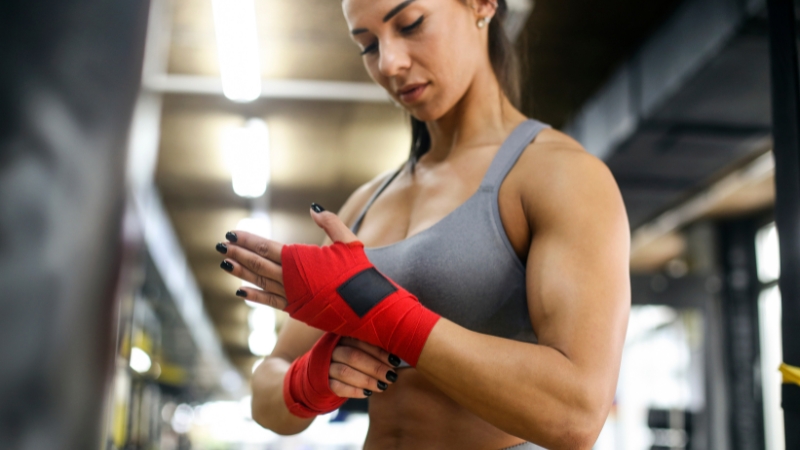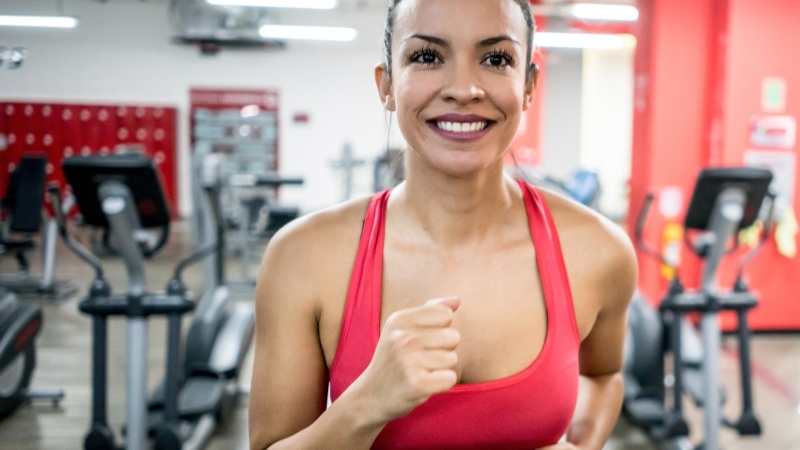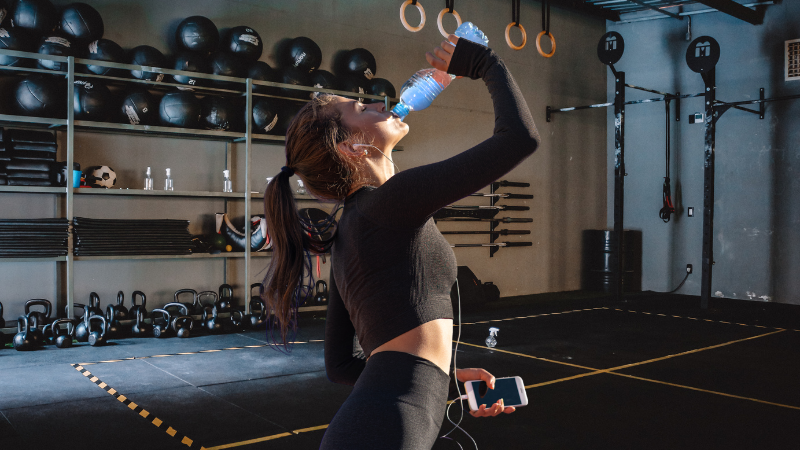
Share Post:
We all know that working out can be an incredible way to boost both physical and mental health. But one thing that can sneak up on us during exercise is dehydration. If you’ve ever felt unexpectedly fatigued, lightheaded, or experienced muscle cramps in the middle of a workout, dehydration could be the culprit.
Let’s take a closer look at how to spot dehydration before it becomes an issue, and simple ways to keep it in check while staying active.
Table of Contents
ToggleSpotting the Signs of Dehydration
Dehydration can start out subtle, making it tricky to catch at first. Here are some common signs:
- Dry mouth or throat: If you feel a strong urge to sip water or notice your throat feels dry, it’s often an early warning.
- Dizziness or lightheadedness: Feeling a bit off balance or woozy, especially after standing up, could mean you’re not getting enough fluids.
- Headache: Dehydration can sometimes cause headaches, which can hit you unexpectedly during or after a workout.
- Fatigue: More than just tired muscles, overall fatigue during exercise can be a sign that your body needs more hydration.
- Cramps: Muscles require a balance of water and electrolytes to function smoothly. Dehydration can cause painful cramps, particularly in your legs and stomach.
It’s highly important for all of us fitness trainers to accurately assess these symptoms when we recognize them in our clients and implement immediate, effective interventions. The accelerated BSN programs online can help us gain valuable medical knowledge that can be a game-changer in situations involving dehydration.
How to Know Your Sweat Rate
Everyone sweats differently, so it’s helpful to learn your own “sweat rate”—the rate at which you lose fluids during exercise. One way to measure this is by weighing yourself before and after a workout. For every pound lost, aim to replace it with about 16–24 ounces (around 500–700 mL) of fluid.
How Much Water to Drink Before, During, and After Exercise
The ideal hydration strategy can depend on the intensity and duration of your workout, the weather, and your personal sweat rate. Here’s a general guide that works for many people:
1. Before Exercise
- Drink about 16–20 ounces (500–600 mL) of water 2–3 hours before starting.
- Top off with another 8 ounces (250 mL) 20–30 minutes before exercising.
2. During Exercise
- Sip around 7–10 ounces (200–300 mL) every 10–20 minutes. This helps maintain fluid levels and keeps you from gulping down large amounts, which can sometimes cause stomach discomfort.
3. After Exercise
- For every pound lost during the workout, drink about 16–24 ounces (500–700 mL) of water. Rehydrating post-exercise helps your body recover faster and gets you back to baseline. However, long-term health and performance depend on more than just drinking water—it’s about maintaining a holistic lifestyle that supports energy, endurance, and overall well-being. Prioritizing these habits will help you enjoy optimal health.
The Role of Electrolytes in Staying Hydrated
- Electrolytes, such as sodium, potassium, magnesium, and calcium, are essential for keeping our muscles, nerves, and overall body functions in balance.
- When we sweat, we lose these minerals along with water, so if you’re engaging in a high-intensity or long workout, it might be wise to replace not only water but also electrolytes.
How to Add Electrolytes
- Sports drinks: Many sports drinks contain sodium and potassium, along with sugars that can give you a quick energy boost.
- Electrolyte tablets or powders: These can be added to water, providing a customizable way to replenish electrolytes without extra sugar.
- Natural options: Coconut water and certain fruits (bananas for potassium, for example) are great natural sources of electrolytes.
Create a Personal Hydration Plan
Everyone’s hydration needs vary, so creating a plan that aligns with your body’s requirements and workout style can make hydration easy and effective.
Here’s how to develop a routine that works for you:
- Start hydrated:Begin each workout well-hydrated. If you’re already thirsty when you start, it’s a sign to drink a little more next time before you begin.
- Listen to your body: If you’re thirsty, drink. If you’re sweating more than usual (say, on a hot day or in a heated gym), increase your fluid intake accordingly.
- Consider workout length and type: For workouts under an hour, water alone is usually sufficient. For longer or higher-intensity sessions, adding electrolytes is often a good idea.
- Evaluate after the workout: Assess how you feel post-exercise. If you’re unusually tired, lightheaded, or have a headache, you might need to adjust your hydration strategy next time.
Tips for Staying Consistently Hydrated
Building simple hydration habits can keep dehydration at bay, so it doesn’t have to be something you constantly think about.
- Carry a water bottle: Bring one with you wherever you go. Having water easily accessible makes it easier to drink regularly.
- Set reminders: Use a fitness watch, smartphone, or other device to set reminders to drink water, especially during longer workouts.
- Drink before you’re thirsty: By the time you feel thirsty, you’re already a bit dehydrated. Make it a habit to sip water throughout the day.
- Eat water-rich foods: Fruits and veggies like watermelon, cucumber, oranges, and celery contain high amounts of water and contribute to overall hydration.
Track your intake: There are apps and even smart bottles that track how much water you drink each day, which can help if you tend to forget.
Signs of Severe Dehydration
In rare cases, dehydration can escalate into something more serious. Symptoms of severe dehydration include:
- Very dark urine or no urine output at all
- Rapid heartbeat
- Sunken eyes or extreme lethargy
- Fainting or confusion
*If you or someone you’re with experiences these symptoms, it’s best to stop exercising, rehydrate slowly, and seek medical assistance if the symptoms don’t improve quickly.
Wrapping Up
Keeping hydrated isn’t complicated, but it can make a huge difference in how you feel and perform during exercise. By paying attention to your body’s signs, drinking enough water, and keeping an eye on electrolyte levels, you can prevent dehydration from ever being an issue.
Related Posts:
- 4 Best Ways to Treat Shin Splints Before They Turn…
- Gym Etiquette Guide - Graceful Tips for Staying…
- What Happens to Blood Sugar During Strength Training…
- How Working Moms Can Squeeze in Workouts During a Busy Day
- Why Does Your Elbow Hurt During Workouts? Causes & Solutions
- How Long Does It Take for Muscles to Recharge During…



